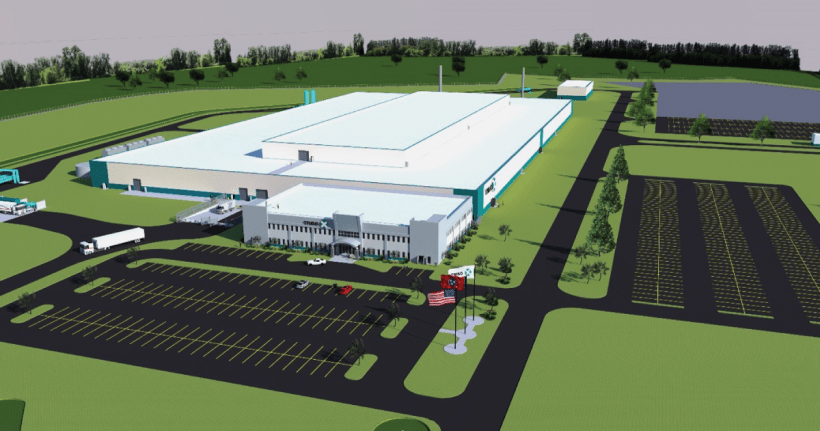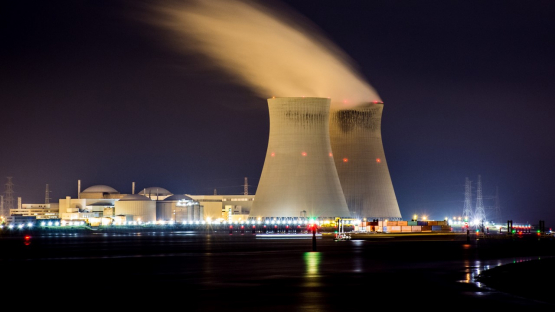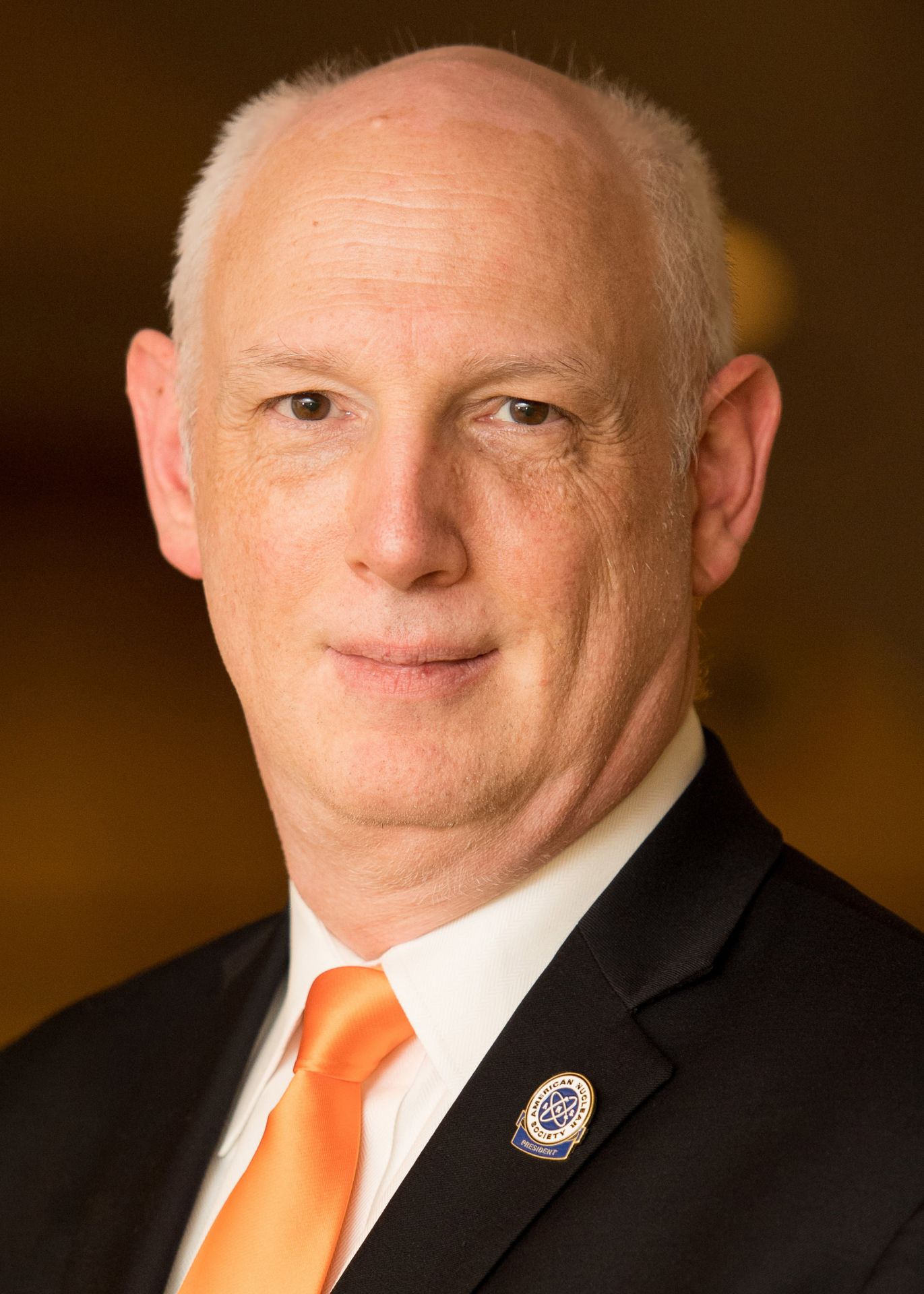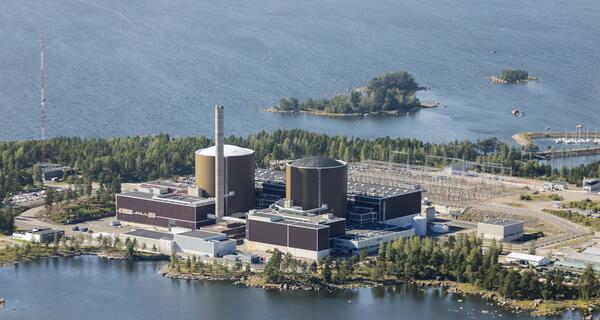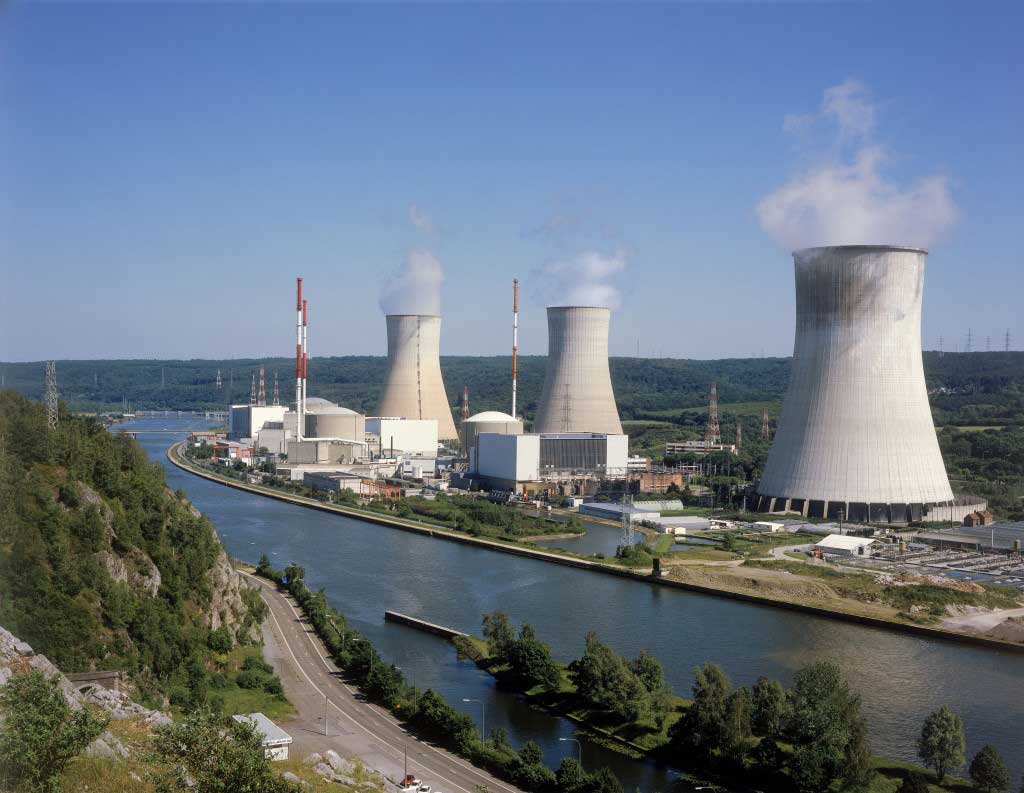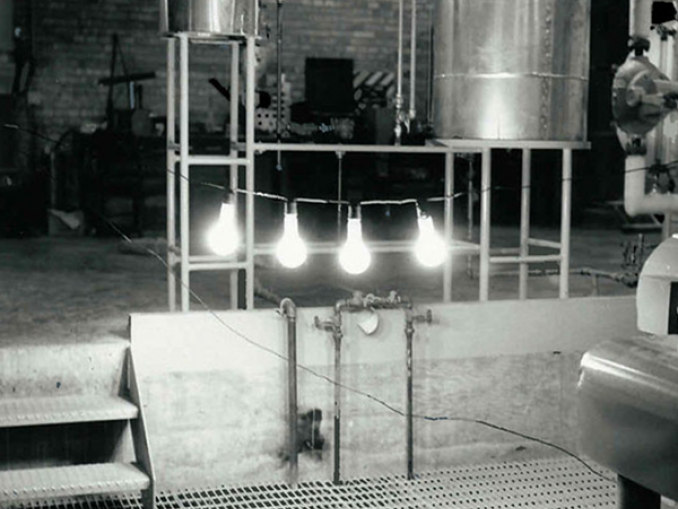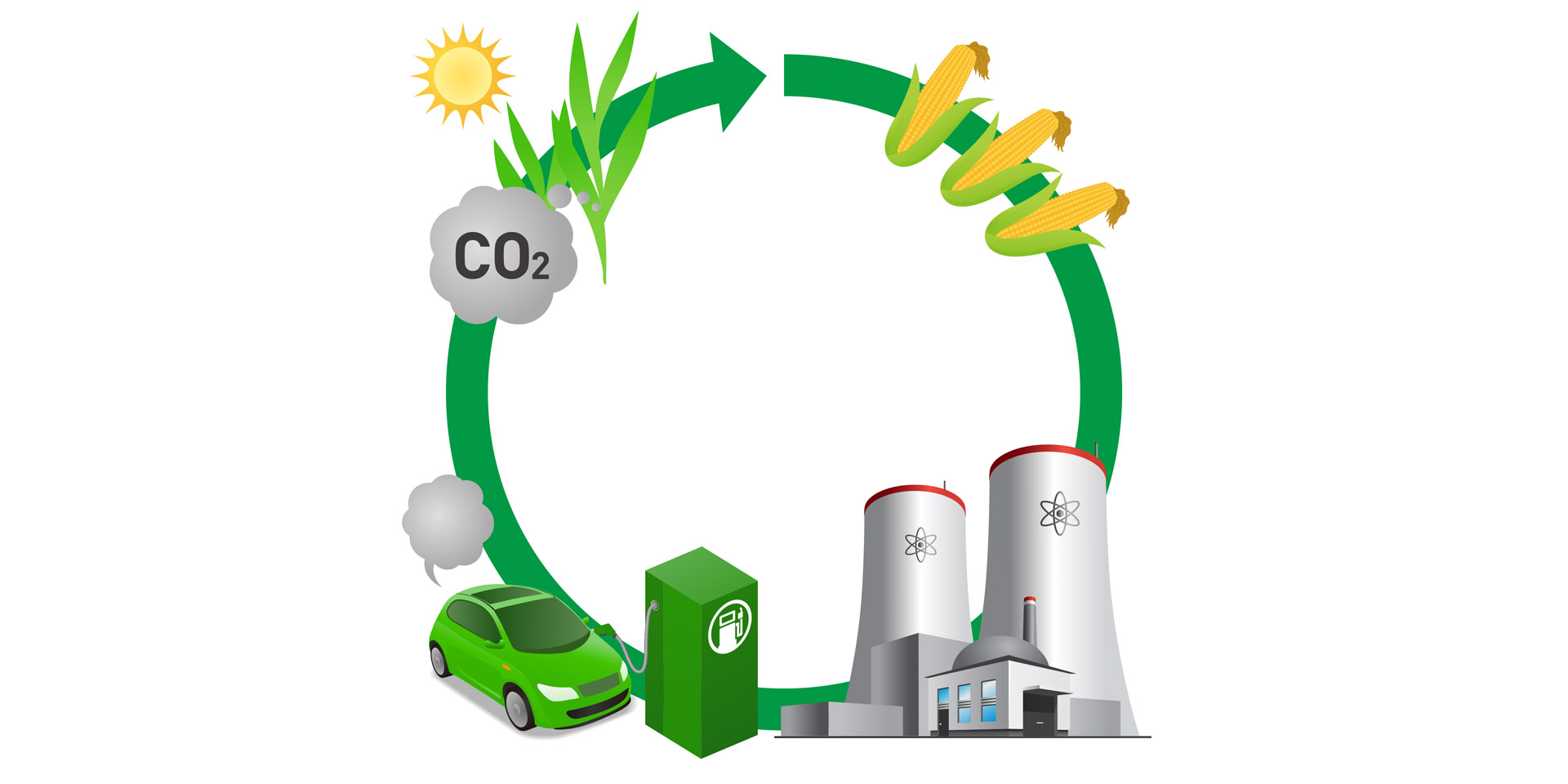A view of the completed demo cascade. (Photo: Centrus)
Centrus Energy announced February 9 that it has finished assembling a cascade of uranium enrichment centrifuges and most of the associated support systems ahead of its contracted demonstration of high-assay low-enriched uranium (HALEU) production by the end of 2023. When the 16-machine cascade begins operating inside the Piketon, Ohio, American Centrifuge Plant, which has room for 11,520 machines, it will be the first new U.S.-technology based enrichment plant to begin production in 70 years.
A rendering of the TRISO-X fuel fabrication facility. (Image: DOE)
The Nuclear Regulatory Commission recently presented its proposed 30-month licensing review timeline of TRISO-X’s planned fuel fabrication facility at the project’s first-ever public meeting in Oak Ridge, Tenn.
TRISO-X, a subsidiary of X-energy, has requested a 40-year license to possess and use special nuclear material to manufacture advanced fuel. The facility would be the first-ever commercial-scale fuel fabrication plant focused on using high-assay low-enriched uranium (HALEU).
Belgium's Doel nuclear power plant. (Photo: N. Hippert/IAEA)
The Belgian government is exploring the idea of extending the operational life of its three oldest reactors by two years, a variety of news outlets are reporting.
Those reactors—Units 1 and 2 at the Doel facility and Unit 1 at Tihange, sporting a combined capacity of 1,852 MWe—were slated to be permanently shuttered in 2025 in keeping with the country’s nuclear phase-out policy.
SHINE’s Chrysalis production building, under construction in October 2022. (Photo: SHINE)
The Nuclear Regulatory Commission has issued the final supplemental environmental impact statement (EIS) for SHINE Technology’s application for a license to operate a medical isotope production facility in Janesville, Wis.
A crane is used to remove equipment during a project to repurpose Building 226-F for an NNSA mission at the Savannah River Site. (Photo: DOE)
Work has begun to prepare the Savannah River Plutonium Processing Facility (SRPPF) at the Department of Energy’s Savannah River Site in South Carolina for its future national security mission: the manufacturing of plutonium pits for the National Nuclear Security Administration.
Tokamak Energy's high-temperature superconducting (HTS) tape is used in its HTS magnets. (Photo: Tokamak Energy)
Tokamak Energy announced on February 6 that it has built a world-first set of high-temperature superconducting (HTS) magnets, to be assembled and tested in fusion power plant–relevant scenarios.
A Nuclear News interview with Kostas Dovas and Darren Stiles
February 3, 2023, 3:01PMEdited February 3, 2023, 3:01PMNuclear News The nuclear community is undergoing a moment of unprecedented interest and growth not seen in decades. The passage of the bipartisan Infrastructure Investment and Jobs Act and the Inflation Reduction Act are providing a multitude of new funding opportunities for the nuclear community, and not just the current fleet. A mix of technologies and reactor types are being evaluated and deployed, with Vogtle Units 3 and 4 coming on line later this year, the Advanced Reactor Demonstration Projects of X-energy and TerraPower, and NuScale’s work with Utah Associated Municipal Power Systems to build a first-of-a-kind small modular reactor, making this is an exciting time to join the nuclear workforce.
The Loviisa nuclear power plant. (Photo: Fortum)
Finland’s Radiation and Nuclear Safety Authority (STUK) recently provided the country’s Ministry of Economic Affairs and Employment with a positive safety review of the Loviisa reactors, bringing the plant closer to an approval for operation to 2050.
Members of the Consortium for Nuclear Forensics. (Image: University of Florida)
A 16-university team of 31 scientists and engineers, under the title Consortium for Nuclear Forensics and led by the University of Florida, has been selected by the Department of Energy’s National Nuclear Security Administration (NNSA) to develop the next generation of new technologies and insights in nuclear forensics.
The Tihange nuclear power plant. (Photo: Engie Electrabel)
Unit 2 at Tihange, one of Belgium’s two nuclear power plants, was permanently disconnected from the grid late on the evening (local time) of January 31, operator Engie Electrabel has announced.
The 1,008-MWe pressurized water reactor is the second unit in Belgium’s nuclear reactor fleet to be retired in accordance with the country’s 20-year-old law mandating a gradual phase-out of nuclear power. The first Belgian unit to be retired, Doel-3, a 1,006-MWe PWR, was shut down on September 23, 2022. Remaining in operation are Doel-1, -2, and -4 and Tihange-1 and -3.
Xcel Energy’s Monticello plant.
On December 20, 1951, EBR-I became the first power plant to produce usable electricity through atomic fission. It powered four 200-watt light bulbs and eventually generated enough electricity to light the entire facility. (Photo: DOE)
"At 1:23 p.m. load dissipaters from the generator were connected—electricity flows from atomic energy.” These were the words Walter Zinn wrote in the log after the first four light bulbs were illuminated by nuclear energy. The year was 1951, and the EBR-I was about to show the world what nuclear energy had to offer.



